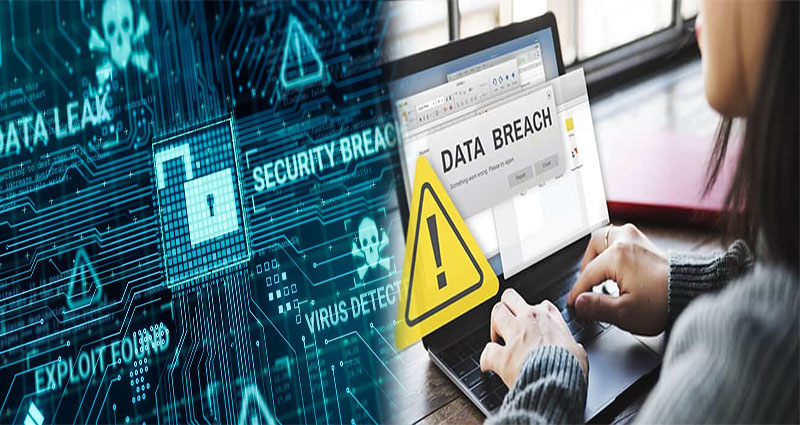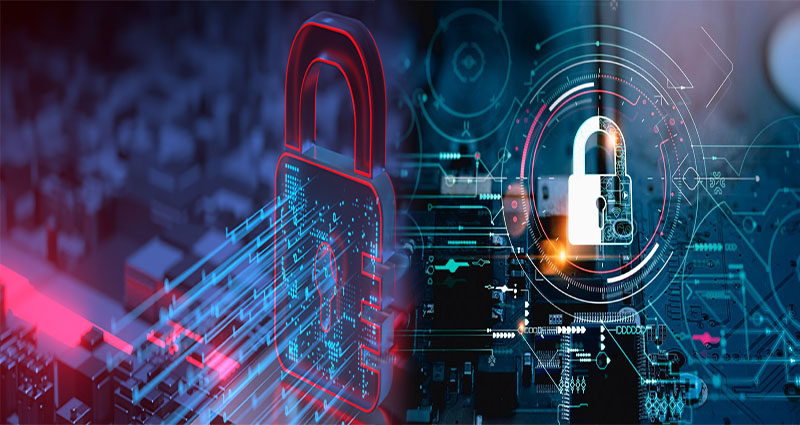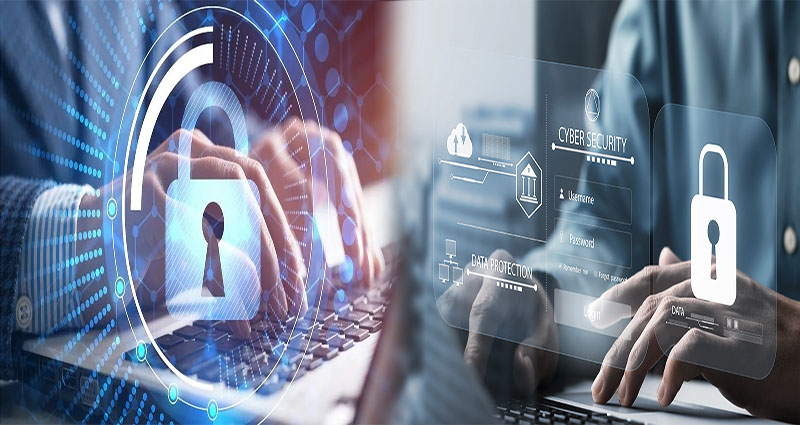Case Studies on Cybersecurity Threats Faced by Healthcare Organizations
Healthcare organizations are prime targets for cyber attacks due to the sensitive and valuable data they store, including personal medical records and financial information. The repercussions of cybersecurity breaches in the healthcare sector can be dire, ranging from patient privacy violations to operational disruptions and financial losses. Let’s examine some notable case studies that highlight the cybersecurity threats faced by healthcare organizations:
1. WannaCry Ransomware Attack on the NHS (National Health Service)
In 2017, the National Health Service in the United Kingdom was hit by the WannaCry ransomware attack, which infected computers across the organization and disrupted patient care services. The ransomware demanded payment in Bitcoin in exchange for decrypting the affected systems. The incident caused widespread chaos, with hospitals canceling appointments, diverting ambulances, and experiencing delays in delivering critical care. The attack underscored the vulnerability of healthcare systems to ransomware and the importance of robust cybersecurity measures.











